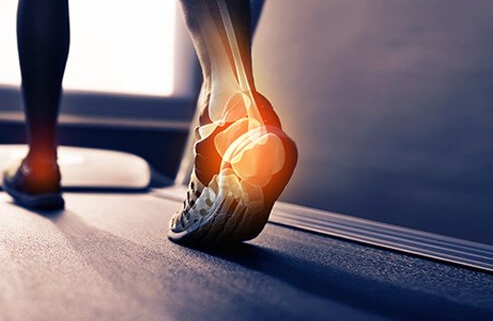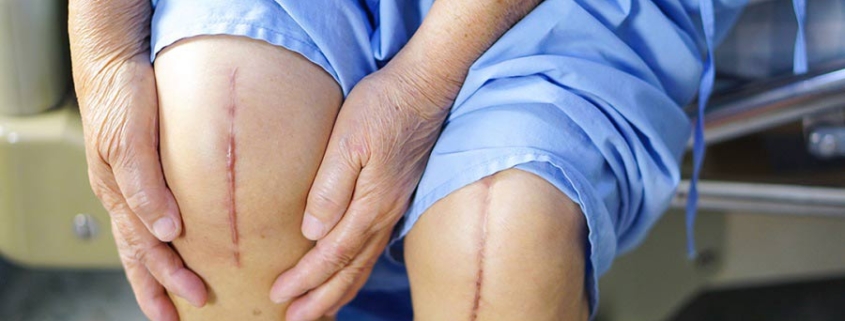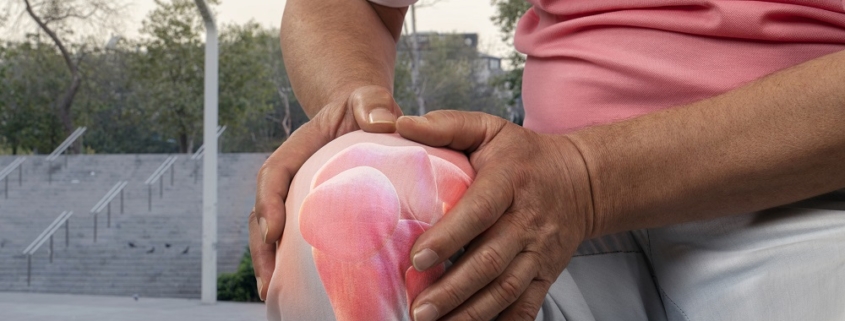Our Sports Injury Hospital in Dwarka has been providing expert care and the best treatment for sports injuries in Dwarka for many years, and the number of non professionals and children especially: who come in for treatment far outweigh the pros. Our experts, some of the best physiotherapists in Dwarka, the best Orthopaedic doctors in Dwarka: all of them relay the fact that some pre-sport practices can greatly reduce all these risks. So we’d like to share a few tips for all the kids and sports enthusiasts out there for a better healthier and safer affair with sport.
Sports injuries will occur during exercise or while playing a sport. Children are at higher risk for these types of injuries as they may be careless, but adults get them as well.
You’re naturally at higher risk of getting sports injuries if you haven’t been active, don’t warm up properly before exercising or if you play contact sports like boxing.
Read on to learn more tips for preventing them in the first place.
The easiest and most efficient way of avoiding prevent a sports injury warming up properly and stretching out your muscles. Cold and stiff muscles are more prone to overstretching and tearing. Warm muscles on the other hand are more flexible. They absorb quick movement shocks, bends, jerks, and make injury less likely.
Use proper form and technique
Learn the proper form and how to move during your sport or activity; before doing it. Different forms of exercise need different positions and postures. For example, in certain sports, bending your knees at the right time will prevent an injury to your spine or hips.
Use proper equipment
Wearing the right shoes, clothes, support; just make sure that you have proper athletic protection. Loose fitting or tight shoes or damaged gear can increase your risk of getting an injury.
Don’t overstrain yourself
If you indeed do get hurt, make sure you’re properly healed before you resume the activity again. Don’t try and work through or manage the pain; stop playing when you get hurt.
When you get back after letting your body recover, you may need to take it easy and ease yourself back into the sport or activity rather than jumping right back in at the same intensity; this is highly risky and the chances of getting injured are even higher.
Cool down after working out
Remember to stretch and cool down after your activity. Usually, this involves the same stretching and exercises routines involved in your warmup.
Resume activity slowly after injury
Don’t be tempted to nurse your injury for too long without doing even a little activity. Too much rest could delay the healing process. After the first 48-hour period of RICE, you can begin using heat therapy to relax muscles.
So Take things slowly before exercising, or after recovery; the aim is to prepare your body for exercise.
In case you’ve suffered a severe injury; go to a sports doctor preferably, but get help as soon as possible.






